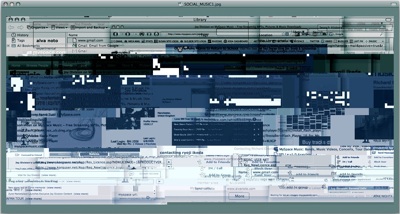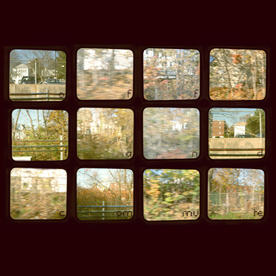
Quello che vedete è il più antico strumento musicale ritrovato finora. Si tratta di un flauto che misura circa 20 cm. È stato ricavato dall’osso dell’ala di un avvoltoio e risale a circa 35000 anni fa.
Un team di ricercatori dell’Università di Tubinga ne ha rinvenuti tre scavando nelle caverne di Hohle Fels, nel sud-ovest della Germania. Questo ritrovamento porta il numero degli strumenti musicali che ci sono giunti da questa epoca remota a otto, quattro dei quali ricavati dall’avorio dei mammut e altrettanti da ossa di uccello.
In questa pagina potete anche sentirne il suono (peccato che la pagina esista ancora ma il file audio no).
La cosa sorprendente è che l’accordatura è una scala pentatonica piuttosto precisa. Naturalmente non ci è dato sapere come questi strumenti venissero suonati 35000 anni fa. È difficile pensare che si eseguissero melodie come quelle dell’esempio, però, a quanto sembra, le note erano già quelle.
Un’altra questione è quella della funzione della musica a quell’epoca.
According to Professor Nicholas Conard of Tubingen University, the playing of music was common as far back as 40,000 years ago when modern humans spread across Europe.
“It’s becoming increasingly clear that music was part of day-to-day life,” he said.
“Music was used in many kinds of social contexts: possibly religious, possibly recreational – much like we use music today in many kinds of settings.”
“The modern humans that came into our area already had a whole range of symbolic artifacts, figurative art, depictions of mythological creatures, many kinds of personal ornaments and also a well-developed musical tradition.”
Qui trovate l’articolo di BBCNews.



 Se qualcuno ha bisogno di un dado a 12 facce con le note sopra può
Se qualcuno ha bisogno di un dado a 12 facce con le note sopra può  Let’s go back to 2006.
Let’s go back to 2006. Sylvie Walder and entia non (James McDougall) are well-known names in the netlabel-world and beyond. Sylvie Walder released collaboration-albums with Phillip Wilkerson, Siegmar Fricke, and “_” (as Kakitsubata). entia non has released solo-works on test tube, IOD, u-cover, Resting Bell and contributions on compilations for duckbay and Slow Flow Recs.
Sylvie Walder and entia non (James McDougall) are well-known names in the netlabel-world and beyond. Sylvie Walder released collaboration-albums with Phillip Wilkerson, Siegmar Fricke, and “_” (as Kakitsubata). entia non has released solo-works on test tube, IOD, u-cover, Resting Bell and contributions on compilations for duckbay and Slow Flow Recs.



